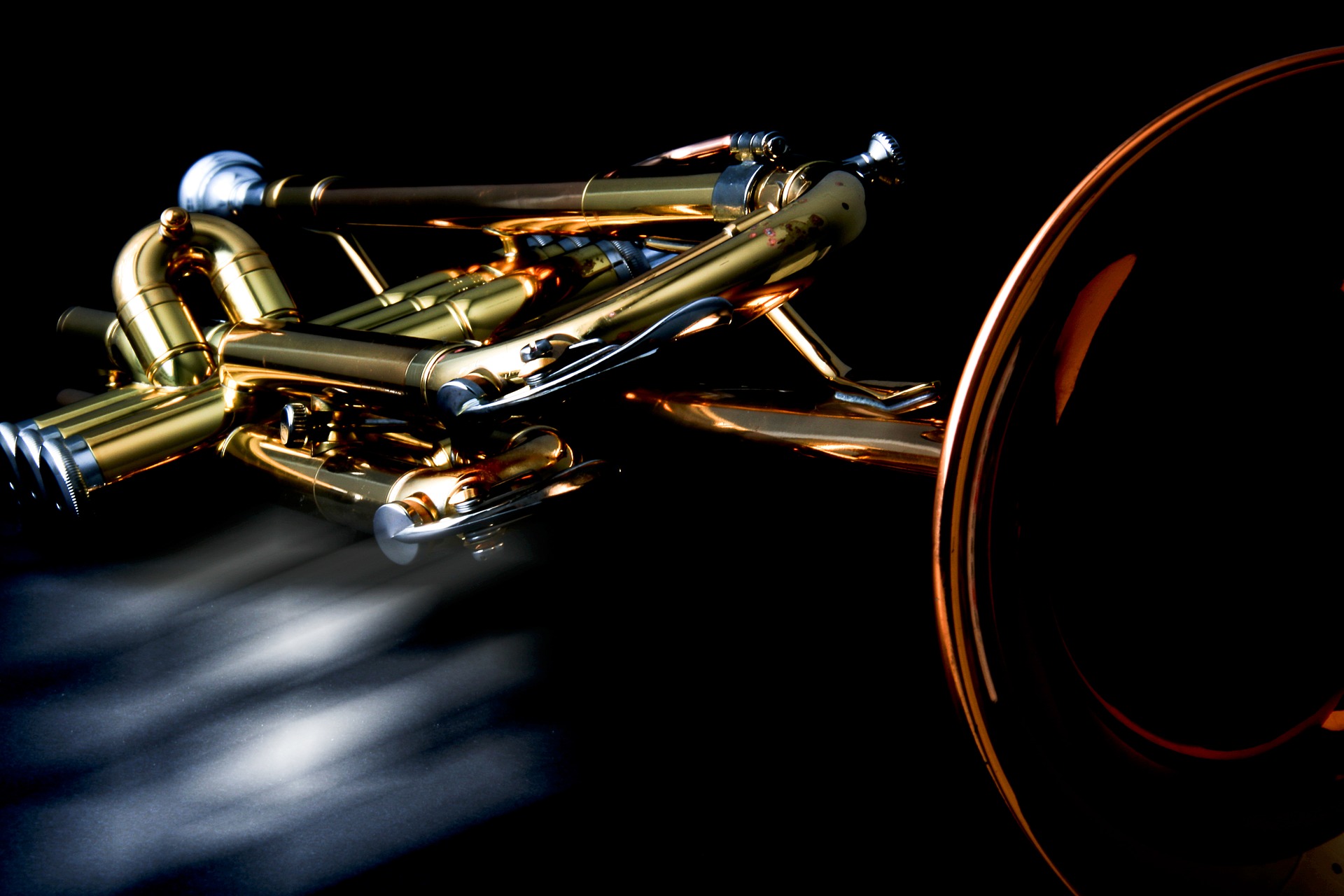For this experiment you will need a piano and a trumpet. In our previous episode we explored the mechanics of a piano, and how its strings produce various notes according to the frequency to which they are tuned.
Now to our experiment: first press down the far right hand pedal on the piano with your foot, so that all of the strings of your piano are now free to vibrate. Bring your trumpet so it is pointing right inside the piano, close to the strings, and play a loud “C” on your trumpet.
Something amazing happens. The piano, without any of its strings being touched, “sings” the same note of “C” back to you, as though echoing the trumpet.
This is due to the principle of “sympathetic resonance.” The “C” string, without being touched, is enveloped by the vibration of the trumpet’s “C” and recognises that vibration as its own. Thrilled, it vibrates and resonates in sympathy, emitting a sound much subtler and sweeter than its usual sound produced when it is struck.
This same principle is seen in operation with Indian stringed instruments, for example the sitar. Sitting above the bridge and frets of the sitar, are 6 or 7 main strings which are plucked and produce the melodic line. Meanwhile, underneath the bridge and frets is a whole series of “sympathetic strings” which are not touched by the player. These are tuned to each note of the scale, and resonate when their corresponding note is played on the main, plucked strings, thus setting up this wonderful background resonance which is such a feature of classical Indian music, as though representing the cosmic ground of being, or omnipresent God, behind the “melody” of our world and life.
(… continued…)
